Where are all the disabled people on screen? We must increase representation or risk reinforcing damaging stereotypes
From daytime TV to adverts on social media, visibility of persons with disabilities does not reflect our society and this has serious ramifications for the wider socio-economic picture

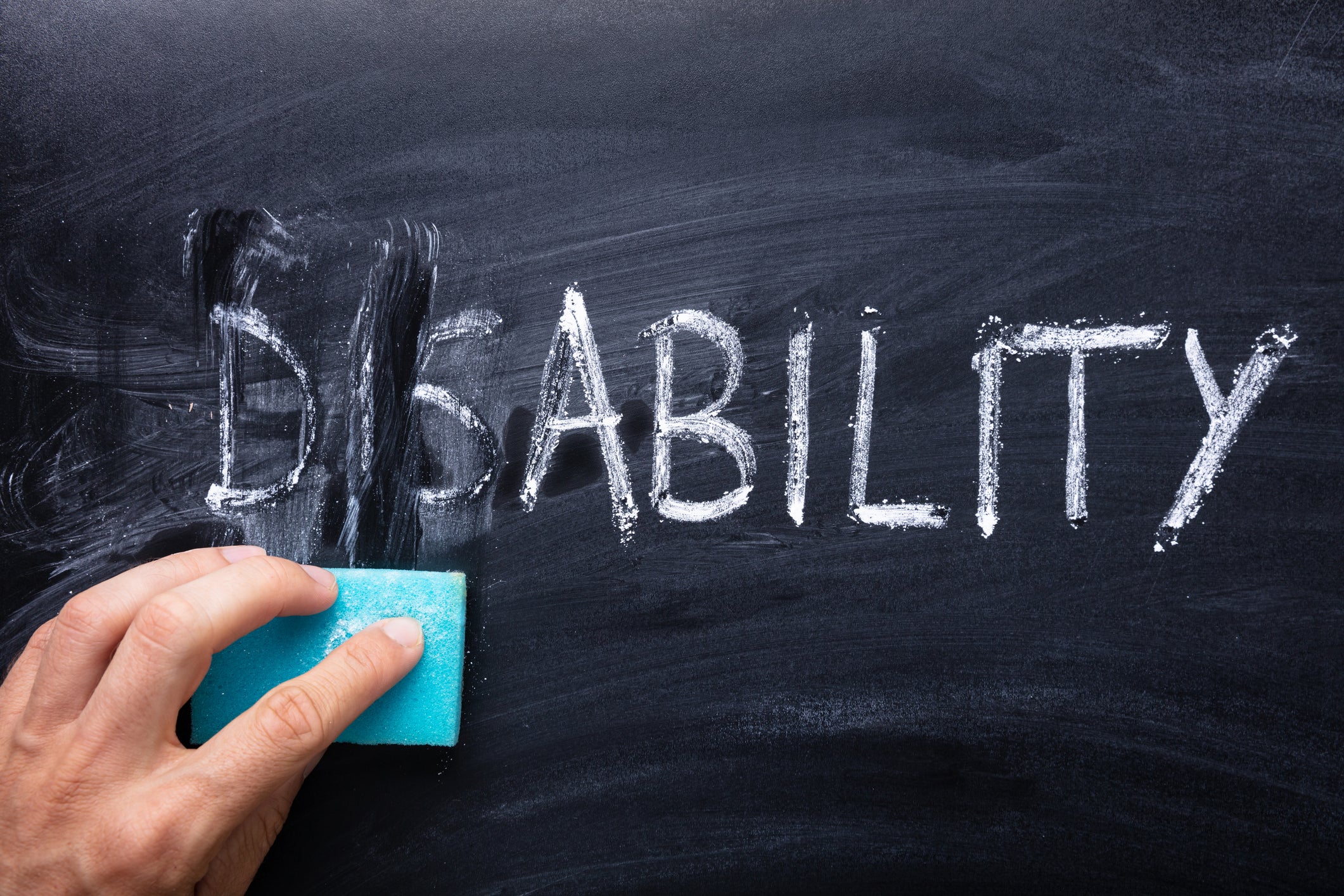
2020 is drawing to a close and, despite some progress, we are still often getting it wrong when it comes to disability representation in media.
Anne Hathaway’s portrayal of limb differences in The Witches rightly sparked a furious backlash at the negative stereotype it perpetuated and reinforced. While Hathaway took responsibility for her mistake – and it is okay for this to be a learning process – this is sadly not an isolated incident. Disability is represented sparsely on our screens and printed media. And even then, often in outdated, clichéd ways.
Last month, singer Sia also drew criticism for casting a neurotypical actress for the landmark role of an autistic female protagonist in her upcoming film.
The issue of the representation of persons with disability in media reaches beyond Hollywood and the film industry. From daytime TV to adverts on social media, to the articles which publications run, representation and visibility of persons with disabilities simply does not reflect our society.
In the US, only 1.6 per cent of speaking characters in films have disabilities. Meanwhile, the Lloyds Banking Group Report in 2016 found that only 0.06 per cent of people featured in UK adverts were disabled. Research from global disability inclusion movement The Valuable 500 this year found that only one in 10 of businesses surveyed usually included persons with disabilities in their marketing communications.
These statistics are grossly out of sync with the fact that 15 per cent of the global population is made up of persons who are registered with having disabilities. A number that rises sharply to 53 per cent affected by disability, when you factor in their families.
Media is woven into the very fabric of our daily lives, a source of entertainment, education, news, inspiration and ideas. It drives discussions and shapes world outlooks. A lack of representation and visibility seriously matters, and not just for persons with disabilities – but for the wider socio-economic picture.
If persons with disabilities do not see themselves fairly represented and visible in the media which bombards us from all angles on a daily basis – whether through lack of reference, outdated reference, or casting – they cannot feel like they truly belong. And if they do not feel like they belong, how can they feel valued and included?
Furthermore, allowing the clichéd, negative portrayals of persons with disabilities within media increases a real risk of reinforcing damaging stereotypes which seep into the subconscious, influencing hiring and employment decisions, the design of products, new innovations – even if we are not aware of it.
Until everyone is able to truly recognise themselves, and those they share their lives with, in the images and stories of our time, we are at a great risk of alienating and locking out those who bring serious value when it comes to talent, skills, economic spending power and diversity of thought and lived experience.
Business has the power to drive tangible, positive change in this space. Business leaders need to step up, as the rest of society looks to them to lead the way. The latest research from Ipsos Mori reveals two-thirds of people think business leaders have a responsibility to speak out on social and political issues affecting the UK. As one of the most powerful forces active today, where businesses venture, others will follow in their footsteps.
We need all businesses to step up to tackle the issue of lack of true representation when it comes to disability inclusion on our screens and printed media.
Some business leaders have already begun to commit to the initiatives which will catalyse change in this space – demonstrating a key awareness of the issue.
For example, the BBC, a Valuable 500 member, has committed to increasing the number of disabled persons in its workforce to 12 per cent by 2022. ITV has similarly implemented initiatives looking to tackle representation of disability, on-screen and off. It has announced 10 per cent of its on-screen contributors will be perceived disabled by 2022, while its sign production house ITV Signpost, who employ at least 50 per cent disabled crew on every production, has committed to running a new trainee scheme in 2020 with the British Sign Language Broadcasting Trust for Deaf film-makers and production talent who want to break into the industry.
As we head into a new decade, we need to see more commitment to increase fair representation and more accountability to uphold such actions. It is vital that we ensure everyone has the chance to participate equally in society – and accurate representation of disability in the media landscape will be integral to this.
Caroline Casey is founder of The Valuable 500, a global movement putting disability on the business leadership agenda

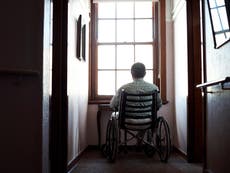
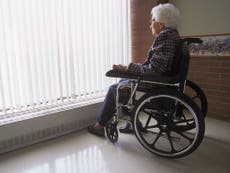
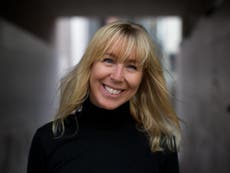
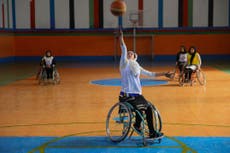
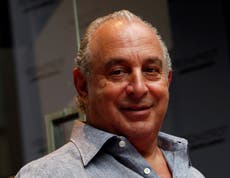
Join our commenting forum
Join thought-provoking conversations, follow other Independent readers and see their replies